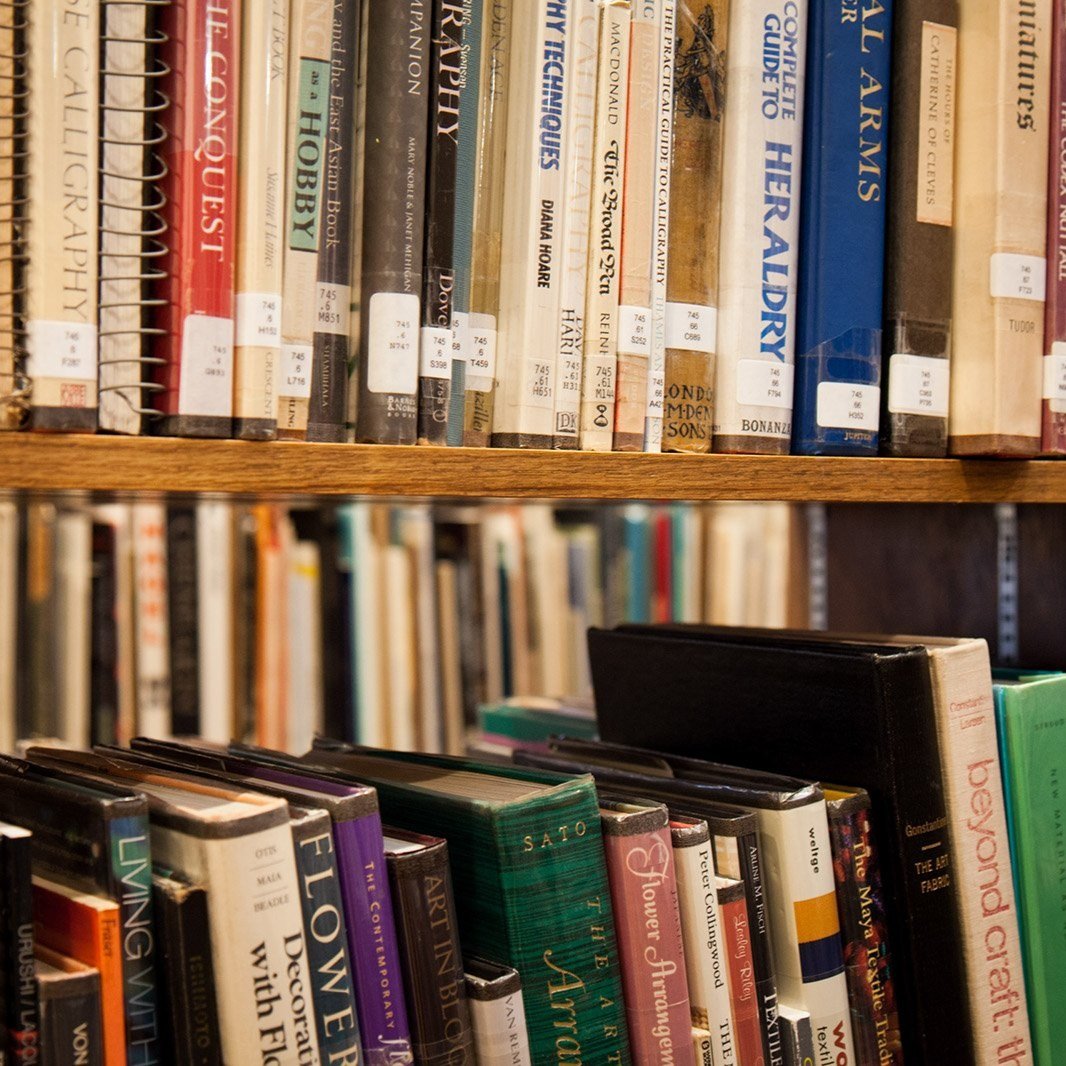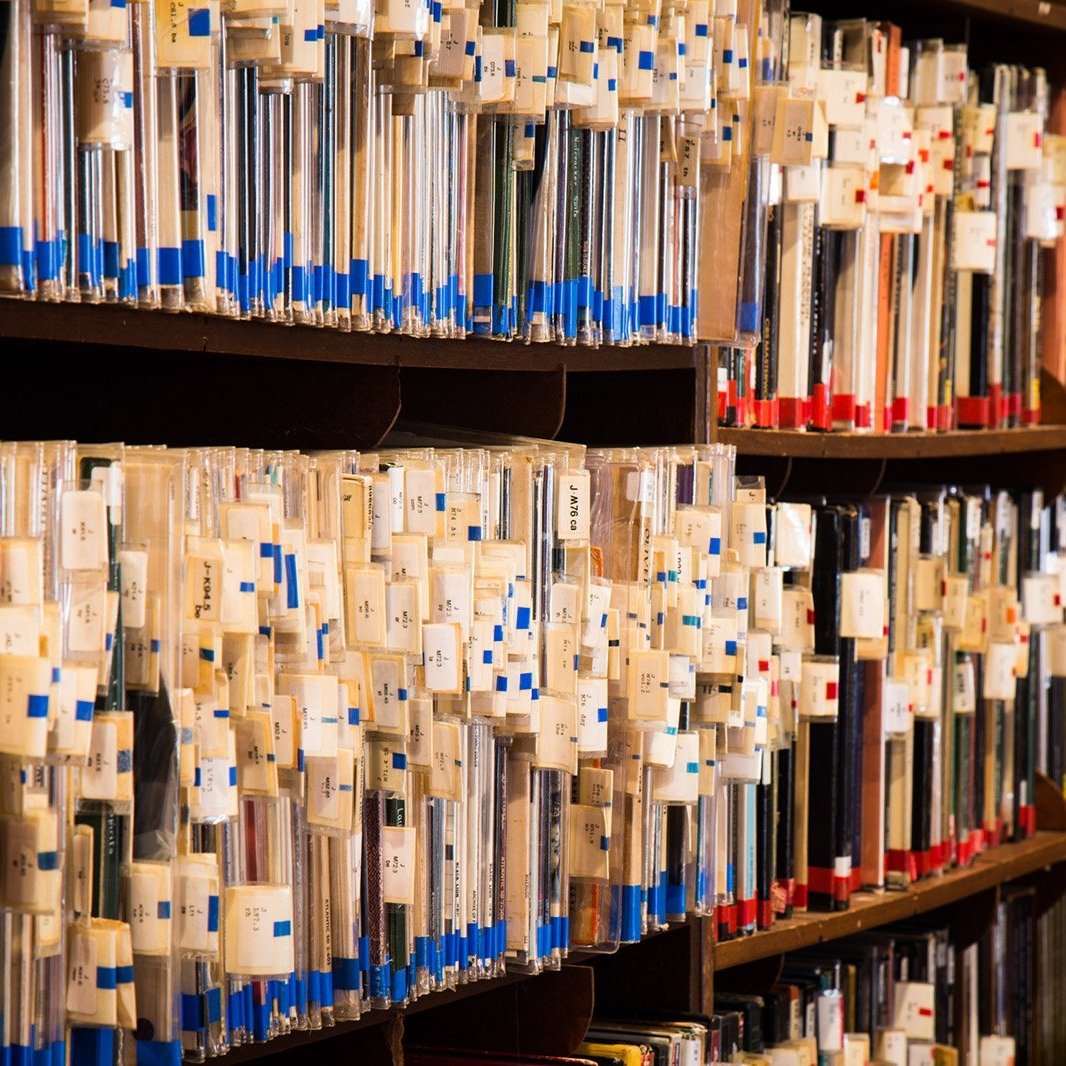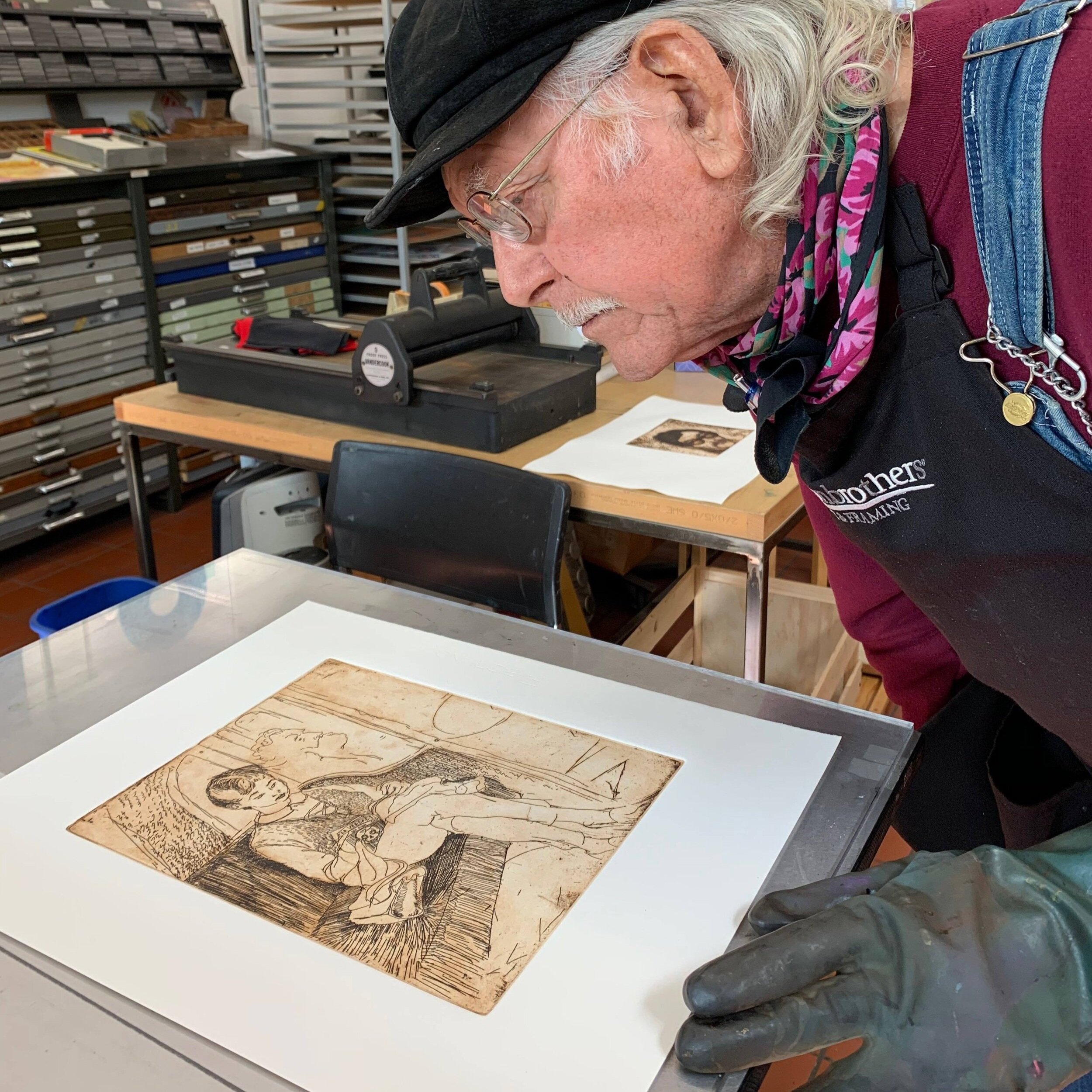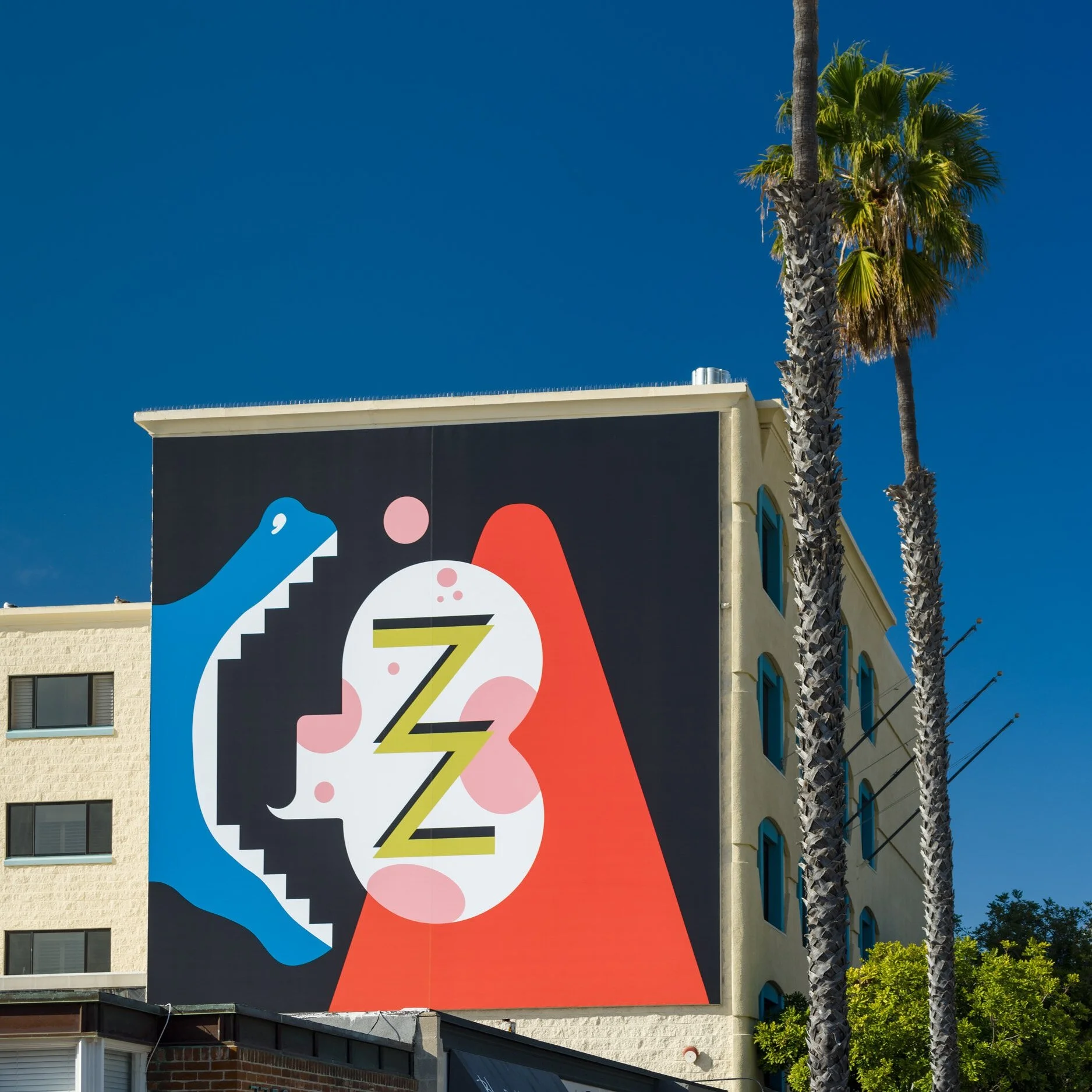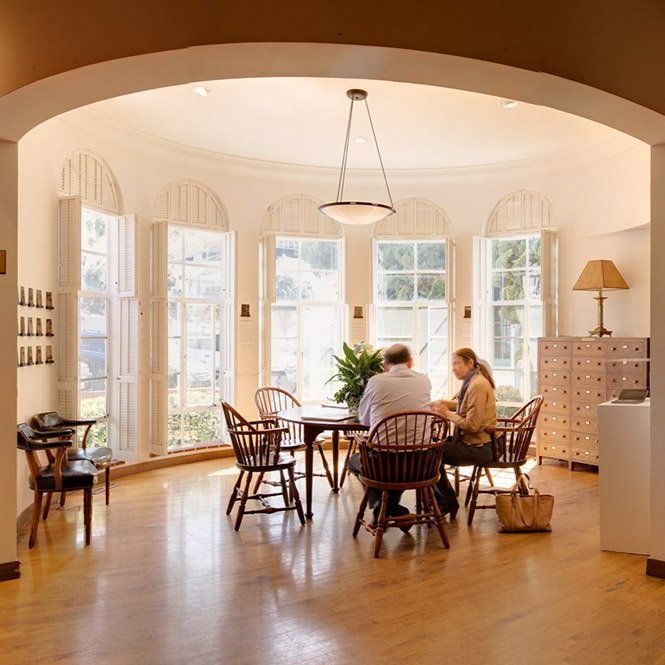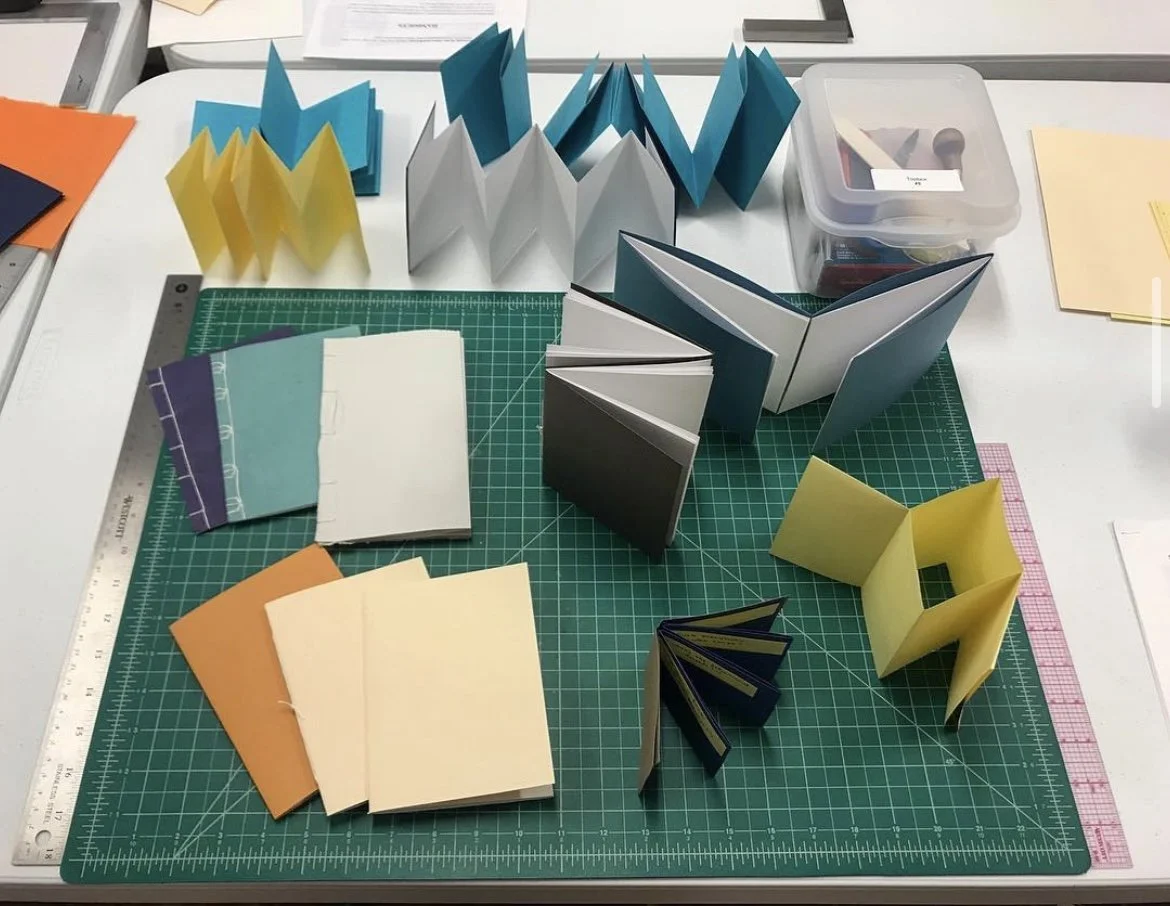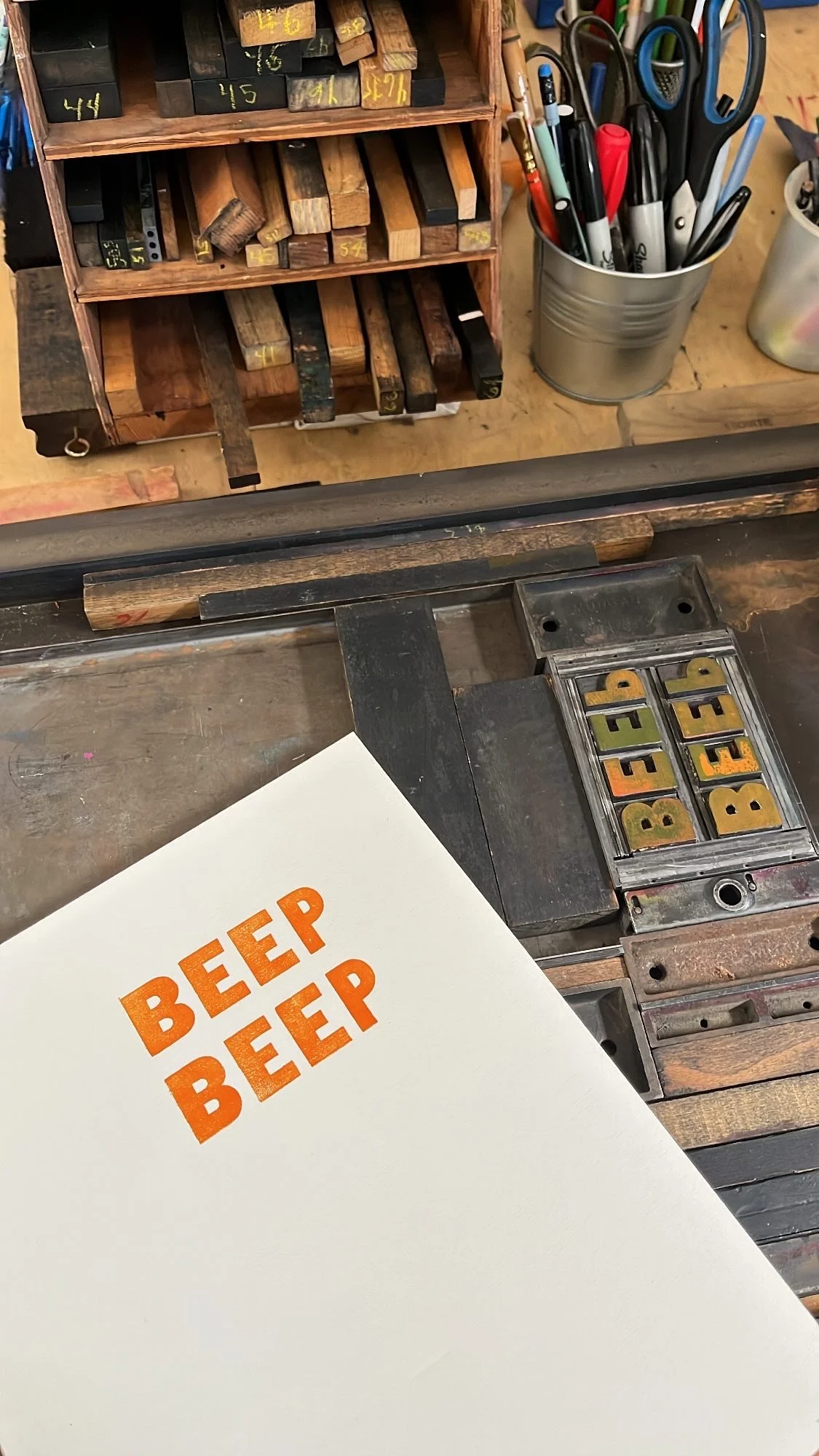HOME / SCHOOL OF THE ARTS / PRINT STUDIO
The Athenaeum School of the Arts Print Studio began with the generous donation of equipment by Dr. Edward Petko of Los Angeles. Dr. Petko wanted to move his extensive collection of presses to institutions that would continue using them to teach printmaking and letterpress to future generations. His timing was perfect, as the Athenaeum had just secured space in the Bread & Salt building for the new downtown branch of the School of the Arts, with space specially designated for a print studio. The Athenaeum School of the Arts Print Studio offers classes in intaglio, linocut, woodcut, letterpress, and monoprinting, and book arts. In addition, Bay Park Press donated more type and equipment, and the print studio now has the capability to produce everything that is described below under Printing Techniques. CLICK HERE to see our calendar of current Print Studio classes.
Open Studio Printmaking
Open Studio at the Athenaeum Art Center invites local printmakers and artists to utilize the equipment and space in the printmaking studio. Prior knowledge in printmaking and equipment familiarity is required as open studio time is not for learning a new printmaking process or one on one lessons. The Athenaeum Art Center offers printmaking courses throughout the year for those wanting to learn a new craft or wanting to enhance their art practice.
Open Studio is free for everyone.
Friday, February 28, 12–4 PM
Members’ Open Studio Printmaking
Members' Open Studio is private time for those who hold a current membership with the Athenaeum Music & Arts Library. This members-only opportunity provides members a private open studio session without the busy nature of regular open studio. Light demonstrations are available and certain members' open studio dates will include workshops.
Saturday, February 15, 10 AM–2 PM
AAC Printmaking Classes
We are pleased to offer these classes in person at the AAC Print Room (1955 Julian Avenue).
Presses
Columbian Seggi Edinburg hand Iron press—1860
Imperial hand iron press—1850
Asbern letterpress—1964
Asbern letterpress—1965
Ettan etching press
Griffin etching press
Book press
Vandercook proof press
Printing Techniques
aq·ua·tint
The plate is dusted with particles of resin and heated to cause the resin to meld to the plate. When the plate is immersed in the acid, the areas not covered by the rosin are eaten away resulting in a textured area capable of holding ink. Progressive treatments with resin result in differences in tonality when printed.
col·la·graph
The printing image is a collage of diverse materials that are inked and printed as a relief.
dry point
The image is created by a metal or gemstone pointed tool that creates a groove surrounded by the displaced bits of metal, thus creating a fuzzy line when inked and printed.
en·grav·ing
The image is created by using an angular cutting tool called a burin to cut out a V-shaped groove. The line has a clean edge when printed.
etch·ing
A copper, zinc, or brass plate is covered by an acid-resistant ground, either hard or soft, and drawn into with an etching needle. The plate is then submerged in acid bath solutions called mordants. The exposed areas of metal are eaten away by the acid. The depth of the bite is dependent on the strength of the solution, the temperature, and the time the plate is exposed to the mordant. Selected areas can be further etched to create deeper bites and hence darker tones.
in·ta·glio
This process uses a manually incised or chemically created image on sheet metal, usually copper or zinc. The print is made by rubbing ink into the incised or recessed areas below the plate’s surface and wiping away the ink remaining on the surface with a tarlatan (stiff cloth used for wiping). The image is then impressed onto a dampened sheet of paper, usually under high pressure. In this way the ink is pulled from the grooves or etched surfaces. The metal plate usually leaves a plate mark.
lift·ground, sug·ar·lift
A water-soluble pen or brush drawing is made on a plate with a sugar solution. Diluted liquid ground is poured over the surface to stomp out the undesired areas. The metal plate is held under a stream of running water so the sugar solution is lifted away revealing the positive image desired. The plate is submerged in acid, inked, and printed like an etching.
li·no·cut
Linoleum is cut or gouged with tools and the areas in relief inked and printed in the same manner as the woodcut.
mez·zo·tint
The image is textured by the use of tools called rockers or roulettes that pit and raise areas capable of holding ink. When printed, these areas result in various tonalities with velvety texture.Lighter areas can be created by smoothing the pitted surfaces.
mon·o·print, mon·o·type
A single print made by transferring a “painted” image from a smooth surface such as glass, plexiglass, or metal by rubbing or using a printing press. Technically, a monoprint is a print pulled in an edition of one.
re·lief print·ing
This technique utilizes a cut or carved form, made from rigid material. The print is made by inking the areas that remain in relief and improving the image onto another surface. The image can also be transferred by rubbing.
wood·cut
The woodcut and wood engraving together are referred to as the art of xylography. A wood engraving is done on hardwood, cut endgrain, and laminated to create a larger block. A woodcut is done on soft wood cut parallel to the grain of wood. The image is made on one or more blocks of wood with the areas not to be printed cut away with a knife or gouge. The areas in relief are inked and printed by running the block and paper through a press or by rubbing. Multicolored prints are usually made by using several blocks.






